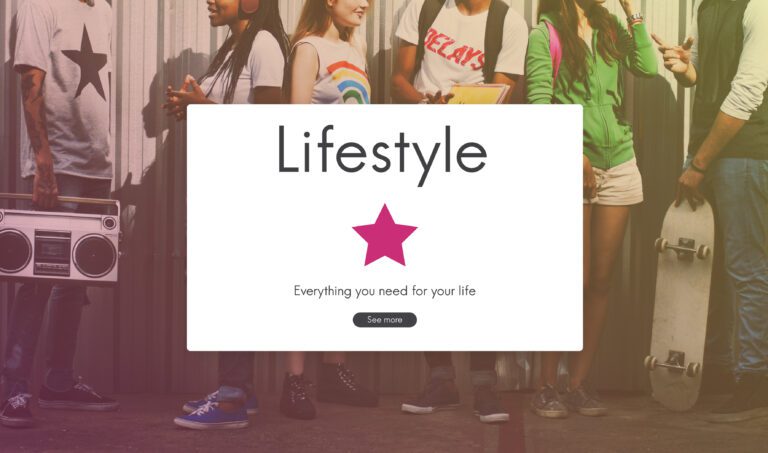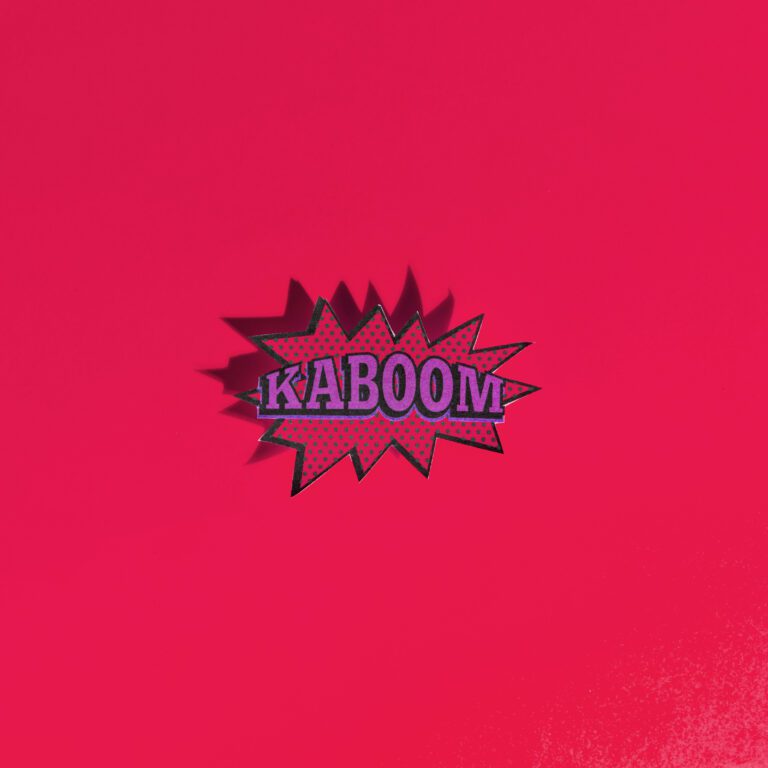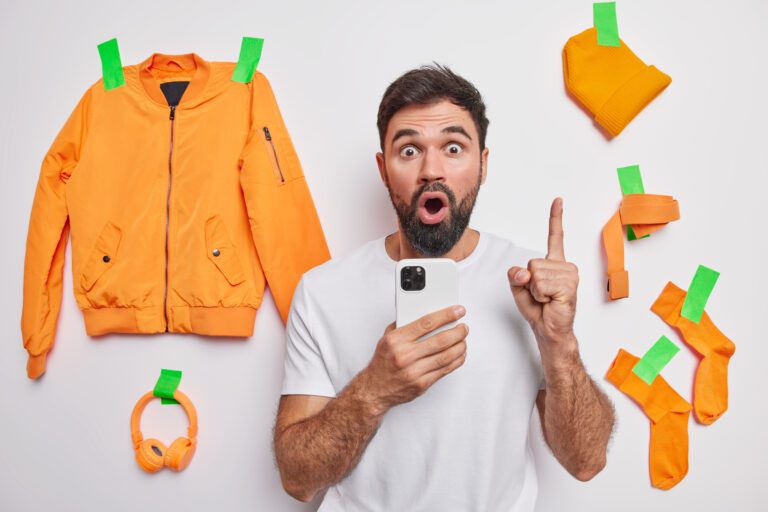Elementor Popup Builder Advanced Triggers (Scroll Depth, Exit Intent)

I hope you enjoy this blog post. If you want Hello Bar to grow your leads, click here.
Author:
Mansi
Published
August 25, 2025

Table of Contents
Most businesses think of popups as those annoying little boxes that jump out at the wrong time. But when used properly, they can quietly drive more sales than half the flashy campaigns you pour money into. The difference isn’t just design—it’s timing. That’s where the Elementor popup builder comes in.
Elementor has given businesses a tool that’s flexible, straightforward, and practical. What makes it powerful isn’t just the ability to build a popup, but the advanced triggers you can set up. These triggers—scroll depth, exit intent, and a few others—are what separate a useful popup from a nuisance.
If you run retail, online or offline, these triggers can give your visitors that small nudge at exactly the right time. That nudge often decides whether they buy, sign up, or just close the tab. Let’s break down how this actually works without drowning in buzzwords.
Why Popups Need Triggers

Popups by themselves are neutral. They’re not good or bad—it depends on when they show up. If you’ve ever visited a website and had a signup form hit you in the face before you even saw the homepage, you know what bad timing feels like.
That’s the core problem. Businesses throw popups too early, too often, or without context. Triggers fix that. With the Elementor popup builder, you can tell your popup when to show up, based on how people behave on your site.
Think of it like this: instead of yelling at everyone who walks into your store, you wait until they’ve browsed a couple of shelves or start heading out the door. That’s what scroll depth and exit intent triggers really do.
Scroll Depth: Let Them Breathe Before You Ask
Scroll depth tracking means your popup only shows when a visitor has scrolled down a certain percentage of a page. With the Elementor popup builder, you can set that threshold yourself.
Here’s why it matters:
- Visitors are different. Some read every line, others skim fast. Scroll depth doesn’t care about time spent, it tracks engagement. If someone scrolls halfway through your product page, they’re clearly curious.
- Context matters. Asking for an email before the visitor even sees your product details is pointless. Waiting until they’ve scrolled 50% of the page makes your offer more relevant.
Practical Example
Let’s say you run a clothing store online. A visitor lands on your page for winter jackets. If they scroll halfway down, they’ve probably looked at two or three styles. That’s a good time to show a popup offering a size guide or a 10% discount for new customers.
What you’re doing here is simple: you’re not interrupting early. You’re stepping in once you know they’re interested.
Setting It Up in Elementor
Inside the Elementor popup builder, you just pick the “scroll” trigger and set a percentage—25%, 50%, 75%, or custom. Start small. Try 50%. Watch your analytics. If people close it too quickly, adjust to 75%. It’s not complicated, but it does require testing.
Exit Intent: Catching Them Before They Leave
Exit intent is about timing your popup for the moment someone’s about to close the tab. The Elementor popup builder can detect when a visitor’s cursor moves toward the browser bar. That’s your last chance to say something useful.
This isn’t about being desperate. It’s about giving one final piece of value. Maybe they didn’t buy because of shipping cost. Maybe they weren’t sure about returns. Maybe they just weren’t ready.
Practical Example
Imagine a customer is filling a cart in your online store but then moves to close the page. An exit intent popup could remind them of free returns, or offer a limited-time coupon code. Even a simple message like “Want us to email your cart so you can check out later?” can save a lost sale.
Why It Works
Exit intent works because you’re not interrupting their browsing. You’re stepping in only when they’re leaving. You’ve already let them shop freely. The popup is a soft catch, not a shove.
Setting It Up in Elementor
In the Elementor popup builder, you just enable “exit intent” under triggers. Combine it with conditions (like only on cart pages, or only for new visitors) so it doesn’t hit everyone. The goal is relevance, not volume.
Using Scroll Depth and Exit Intent Together
Here’s where things get interesting. You don’t have to pick one trigger. The Elementor popup builder lets you combine them.
For example:
- Use scroll depth for educational offers (guides, lookbooks, discount codes).
- Use exit intent for recovery offers (cart reminders, last-minute coupons, reassurance messages).
That way, you’re covering two stages of the customer journey: interest and hesitation.
One Case for Popups: Timing, Not Tricks
Let’s keep this honest. Popups aren’t magic. They’re not going to “triple” your sales overnight. But they do work when they’re tied to natural human behavior.
Think about a physical store.
- Scroll depth is like offering help when you notice someone has been browsing a certain aisle for a while.
- Exit intent is like catching a shopper at the door and reminding them there’s a sale rack they might want to see.
Neither is pushy if done right. Both can feel like service rather than sales.
Also read our guide on Why Is My Elementor Popup Not Triggering on Scroll?
Mistakes Businesses Make With Popups
Even with tools like the Elementor popup builder, businesses still trip up. Here are the common mistakes:
- Too early. Showing a popup before visitors engage. Fix it with scroll depth.
- Too often. Stacking popups so users see three different offers in five minutes. Limit your triggers.
- Too broad. Same popup for every page. Adjust conditions so your offers fit the context.
- Too vague. “Sign up for updates” is not compelling. Tie your popup to something concrete.
- No testing. Popups need trial and error. Check conversion rates, not just impressions.
Real Business Examples
Let’s make this less abstract.
- Bookstore website: At 40% scroll depth, popup offers a free reading guide download if visitors join the mailing list. Exit intent popup offers free shipping code if they leave with books in the cart.
- Retail clothing site: Scroll depth popup shows sizing charts at 60%. Exit intent popup reminds shoppers of a sale ending at midnight.
- Local coffee shop: Scroll depth popup offers a “buy one get one” coupon when people browse the menu. Exit intent popup lets them sign up for a loyalty card email.
These aren’t gimmicks. They’re small nudges, and they come at the right time.
How Businesses Can Test What Works
The Elementor popup builder comes with analytics integrations. Use them. Don’t guess.
Start with one popup on one page.
- Try a scroll depth trigger at 50%.
- After a week, check signups or conversions.
- Adjust to 75% if it feels intrusive.
Do the same with exit intent. Compare results. Over time, you’ll see patterns. Maybe your visitors respond better to product guides than discount codes. Maybe they only click when the offer feels low-pressure.
Why This Matters for Retail Sales
Retail isn’t about shouting the loudest. It’s about noticing behavior. Online, that behavior is scrolling, hovering, and clicking. The Elementor popup builder makes it possible to respond to those signals without a developer or custom code.
If you’re running a small shop, this matters. You don’t have a team of engineers. You just want practical ways to stop losing sales. Popups, when timed with scroll depth and exit intent, can do exactly that.
One Honest Point
Here’s the thing: you don’t need a popup on every page. You just need the right popup on the right page with the right trigger. The Elementor popup builder is just a tool. The strategy is yours. If you treat visitors like people, not clicks, the triggers will work.
Conclusion
Popups aren’t about shouting louder. They’re about listening better. Scroll depth and exit intent in the Elementor popup builder help you do that—by waiting, watching, and speaking only when it actually makes sense.






